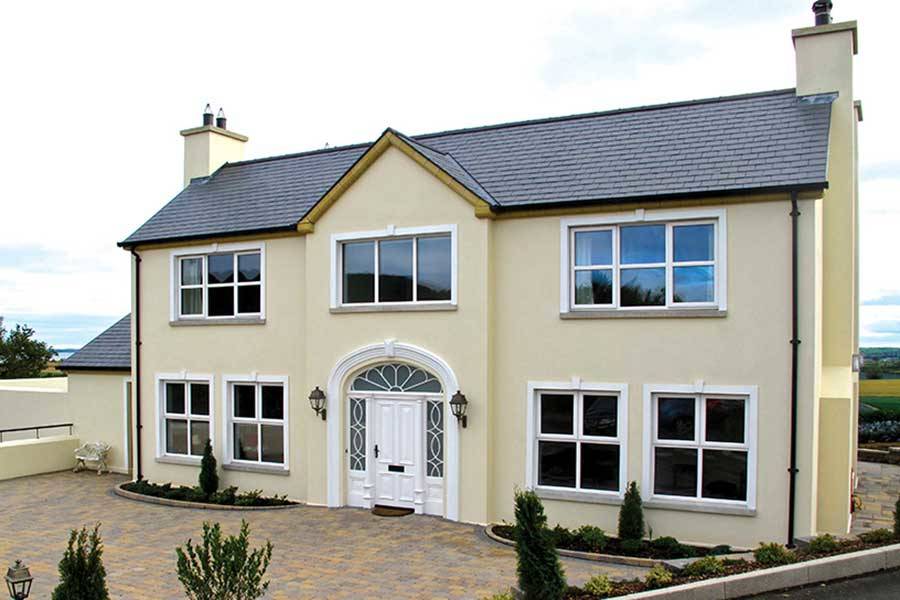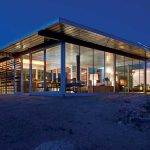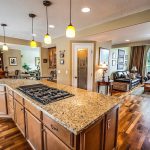The eaves is a term to describe the roof overhang on a house, including the bargeboards, fascias and soffits, all of which play an important role in keeping your home pest-free and dry. They’re also very important from an aesthetic point of view – having clean soffits and fascias make your home look much more attractive and if you’re trying to sell your house, it’s always a good idea to spruce up the outside. But what exactly are soffits and fascias and how do you know if they need to be repaired?
To put it simply, a soffit is a horizontal covering which sits underneath the roof overhang, protecting and sealing the rafter feet. If your roof has a soffit (not all do), you will be able to see it if you stand underneath the overhang and look up. Typically a soffit is also used in the area beneath the gables on the exterior of a house to close the space underneath the gable ladder or purlin ends behind the bargeboard. If you are building, consider having a roof overhang designed because this has significant benefits for shielding against rain and sun. An overhang could be a design feature – if the soffit is wide enough it could include outdoor lighting and shade a patio area. A fascia is a vertical board running the length of the eaves under the tiles or roof slates to cap off and protect the exposed rafter ends and to provide grounds on which to fix gutters. At the gables/verges the eaves may extend beyond the gable end wall by projecting purlins or a gable ladder and are usually capped by bargeboards to protect the wall and the purlin ends. Eaves should be designed for local wind speeds as the overhang can significantly increase the wind loading on the roof. Sometimes the roof is flush with the edge of the exterior walls and in these cases, the fascia might include vents. Most common is for the soffit to have vents to supply air to your roof, but not in a contemporary warm roof design where the insulation and vapour permeable membrane are placed above the rafters to eliminate the risk of condensation, even without ventilation, by providing a continuous layer of insulation (no thermal bridging) and no opportunity for there to be an internal dew point (no temperature difference between inside and out).Choosing new fascias and soffits
Fascias and soffits may not appear worthy of much attention, but they can dramatically affect how your home looks. It’s best to choose fascia board and soffit materials that are weather resistant, maintenance-free and aesthetically pleasing. Traditionally, wood has been the preferred material for fascia board while soffits were mostly finished with exterior plywood or cement fibre board, being less vulnerable to attack by the elements. Modern soffit nowadays is typically made of uPVC or aluminium, uPVC usually available in a variety of colours to match your home’s exterior. Fascia boards are still often made of wood but can also be purchased in uPVC and aluminium (also available in various colours) to provide easier maintenance and better water resistance.
uPVC soffits
uPVC is an inexpensive construction material which has high durability and does not degrade or fade easily with time. Many manufacturers now produce more resilient uPVC soffits than previously (which do not crack or become brittle as easily as they used to). It doesn’t require to be painted and you can spray wash the soffit once or twice a year, or as the need arises. If you live where winters are cold, wet and windy, uPVC might be your best option because it is most resistant to weathering although mould can develop in damp conditions. uPVC is available in a range of grains and colours to match your building but is only commonly available in basic colours. If you are very particular about colour, you can put in a special order. Also for some people, uPVC has low aesthetic value.[adrotate group="4"]
[adrotate group="3"]



